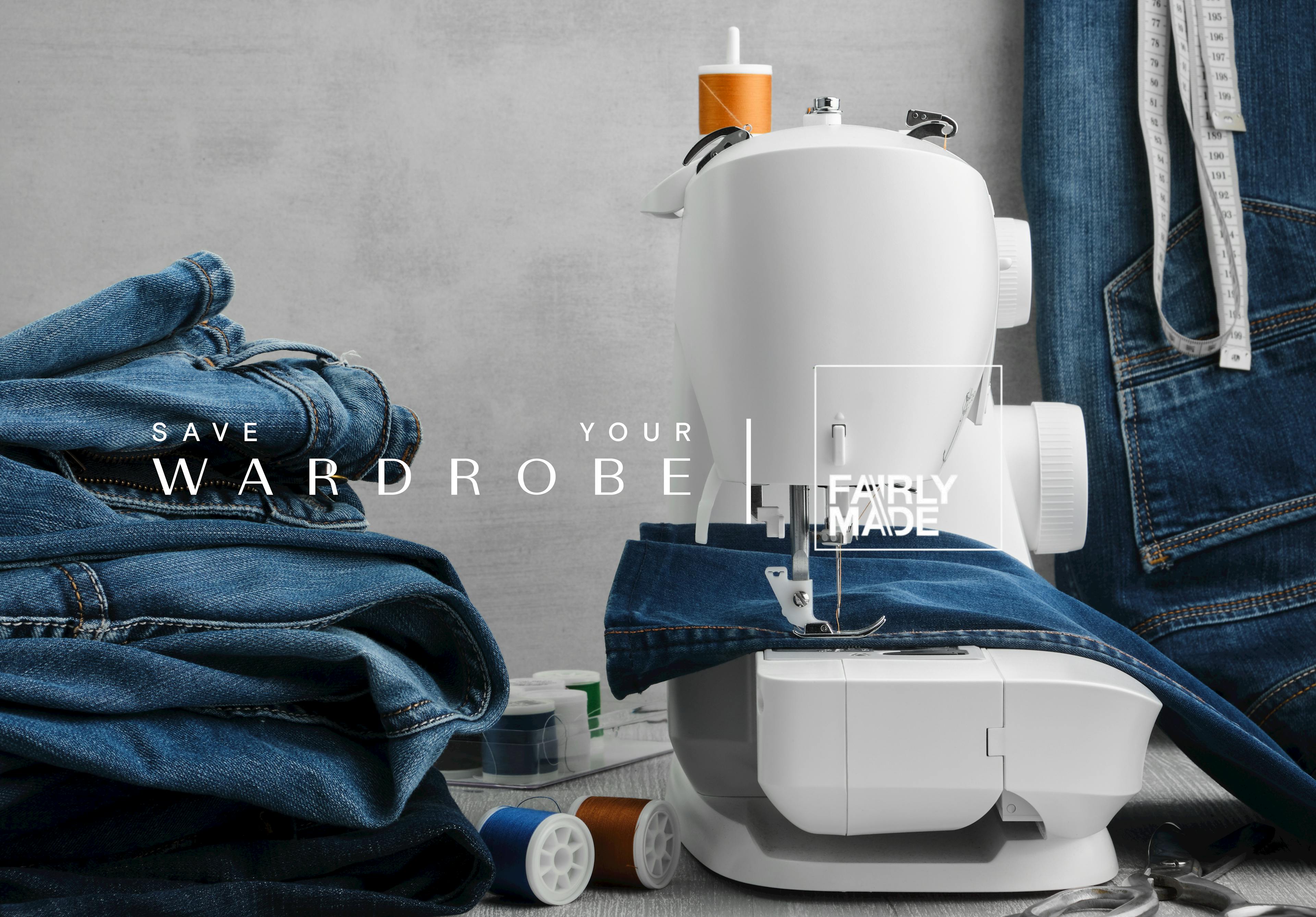
Cultural Modernism: When Nigerian, Japanese and British Fashion Meet
Interview with Gozi Ochonogor, Creative Director ofU.Mi-1.
U.Mi-1 (pronounced you.me.one), is a brand whose collections were inspired by Nigerian culture, mixed with British and Japanese aesthetic believing that it is through our similarities that we begin to appreciate our differences.
1. Could you describe your initiative, mission and story?
My mission is to get people to connect with my homeland, Nigeria.
U.Mi-1 mixes aesthetics from Nigeria, the UK and Japan, places that I call home. I established the brand in Tokyo but we are now based in London. When I lived in Tokyo, I realised that cultures, particularly those of Japan and Nigeria, share more similarities than differences than I initially thought. My vision for U.Mi-1, through the fusion of these aesthetics, is to get our customers to also appreciate these similarities and oneness, while connecting to the heartbeat of Africa – Nigeria, whose traditions and values are not widely known.
Our collections tell stories about the various Nigerian tribes, their style, dress, way of life, issues they face. We endeavour to produce consciously and have now begun working on season-less collections and up-cycling to reduce waste and ensure that we contribute to a better world.
2. What is your long term goal?
I would say my ultimate goal is to make a notable contribution to the fashion industry in Nigeria. I am passionate about preserving and evolving cultural artisanal traditions. We have begun working with weavers in the community and we want to draw on their wealth of knowledge in creating traditional Nigerian fabrics, and in turn teach them new ways of weaving incorporating techniques from Britain or Japan. We are also working on opening a fashion school in Nigeria. The school is close to my heart as I want to see Nigerians own global brands and be recognised for their talent. I believe this starts with a solid education.
3. What led you to start this venture ? What is the problem you are trying to solve?
While I was living in Japan, I saw a lot of similarities between Japanese and Nigerian cultures. I wanted my brand to reflect this and dialogue became a pillar on which we built on. The brand has evolved organically as I did not set out to solve a problem initially, rather the brand was the manner in which I expressed myself artistically using clothing. I will say that I always wanted to present a wider perspective of African culture, more than the bright and vibrant prints that African fashion is widely known for, a wider perspective which people from all over the world could feel part of, like a tribe.
4. Could you describe the environment and the main issues within the fashion industry in Nigeria, that affected your personal journey?
Nigeria is an extremely diverse country made up of over 250 distinct tribes. Fashion and textiles have always played a meaningful role in our lives, our fashion has evolved over centuries, as we came into contact with foreign cultures.
Nigeria being a former British colony, we have adopted the Westerndress sense, which is now largely regarded as more desirable. But before that, in the 1800s, through trade with the Dutch, we adopted the Indonesian wax print, now known as Ankara, which many erroneously believe is originally Nigerian or African fabric.
When I first started out in fashion, I was always asked why I did not use these fabrics. To look at U.Mi-1, one could not see it was Nigerian. The truth is, I deliberately avoided using them. First because I believed they present a narrow view of what Nigerian fashion is. But also, after doing the research, they gave me a false sense of heritage. Not using these prints and at the same time conveying a Nigerian aesthetic was a challenge but one which contributed to how U.Mi-1’s story evolved.
The fashion landscape has changed a lot recently. There has been a resurgence of old traditions with a need for low-impact production techniques or support for the local weaving communities. Like U.Mi-1, many brands use traditional Nigerian fabrics in their collections such as Adire or Aso-Oke. It is great to see designers who are thinking of solutions to problems.
5. What is the largest problem in your country in relation to the fashion industry ? either in terms of ethicality, environment or processes.
I would say lack of infrastructure and adequate policies. Sadly our government’s focus on oil was to the detriment of every other industry including fashion. They did not invest in the fashion industry and our textile mills which once made up Africa’s biggest textile industry are now almost non-existent. This coupled with the lack of constant power – Nigeria suffers from recurring blackouts which can last days at a time, means we import everything from fabrics to threads and haberdashery. This entails that all businesses must organise backup power, which increases manufacturing costs. Until 2015, there was actually a ban on textile imports to galvanise investment in the industry but the capital outlay is too high given the problems with infrastructure.
Ready to wear was not commonplace until two decades ago. Everyone had their clothes made by a tailor or seamstress or those who could afford to, travelled abroad to buy clothes. Since a number of malls have opened and our market has also been flooded with second-hand clothes from other countries, things have changed.
6. What has been the largest challenge you have faced in your journey?
Like most SME fashion brands, manufacturing is the biggest challenge for us. Initially we manufactured in the UK but it costs 3 times as much as the rest of Europe, and regardless of where one manufactures, small brands are charged a premium compared to the bigger brands due to smaller quantities.
We moved on to a smaller Eastern European factory and had a good run for a couple of years but then we found out that our factory had outsourced part of our production to another factory which went bust. We had to buy new fabrics and return production to the UK to ensure we delivered on time. Seasons later, we returned to Europe but our factory doubled their prices mid-production due to new taxes imposed by the government in their country. You’re constantly bargaining. Our school in Nigeria came out of this need to control our manufacturing and be more vertically integrated. We recognised we needed to train people to our current quality standards.
7. How can we as individuals be changemakers and make a difference to the adverse effects of fast fashion in the Global South?
I would say first see the true picture. We all know how fast fashion affects the environment and the people who make the garments are paid appallingly. Recycling has become a solution, but what people may not know is that recycled clothing that cannot be sold in the UK or US ends up in African countries where it competes with the local fashion industry and contributes to poverty. Cheap items are made with little care for the environment so it causes health problems where it was created and where it will die, away from the people who consume it.
To the change makers, I say don’t buy fast fashion anymore and raise awareness of the problem to your followers and consumers. Let’s lobby for change and work with young ethical businesses to make sustainability the norm. I believe this is the way to drive prices down and carry everyone along. Importantly, we need to educate people on the true costs of fashion. In the past we all had sewing machines or knew someone who owned one, so we could comprehend the cost and labour that goes into making a garment.
8. What tips would you give to readers on how to make sustainable DIY changes to their behaviour in relation to their wardrobes?
I believe sustainability is a mindset. We need to retrain our minds to think of our clothing as also something that is connected to the earth as it once was. With this mindset, we would be more responsible with our choices. It will help us buy less and buy quality, and think of the end life of the garment.
- So be truly in love with what you buy. You’ll be more inclined to care for it better and mend it when it breaks than bin it.
- When you recycle, let your next purchase be from a vintage shop or a clothes exchange with a friend so you are consciously recycling.
- Buy from young ethical brands and hold the brands you love accountable because achieving sustainability is a journey we all have to make together. And if it seems like too much hard work, let Save Your Wardrobe help you!





